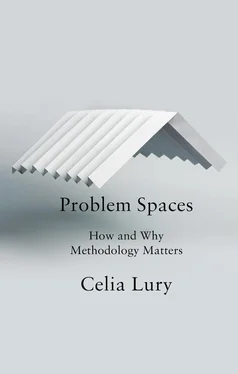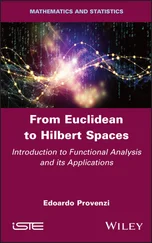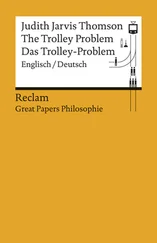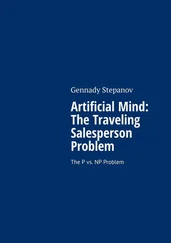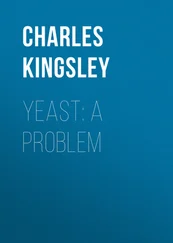130 118
131 119
132 120
133 121
134 122
135 123
136 124
137 125
138 126
139 127
140 128
141 129
142 130
143 131
144 132
145 133
146 134
147 135
148 136
149 137
150 138
151 139
152 140
153 214
154 215
155 141
156 142
157 143
158 144
159 145
160 146
161 147
162 148
163 149
164 150
165 151
166 152
167 153
168 154
169 155
170 156
171 157
172 158
173 159
174 160
175 161
176 162
177 163
178 164
179 165
180 166
181 167
182 168
183 169
184 170
185 171
186 172
187 173
188 174
189 175
190 176
191 177
192 216
193 217
194 218
195 219
196 178
197 179
198 180
199 181
200 182
201 183
202 184
203 185
204 186
205 187
206 188
207 189
208 190
209 191
210 192
211 193
212 194
213 195
214 196
215 197
216 198
217 199
218 200
219 220
220 221
221 222
222 201
223 202
224 203
225 204
226 205
227 223
228 224
229 225
230 226
231 227
232 228
233 229
234 230
235 231
236 232
237 233
238 234
239 235
240 236
241 237
242 238
243 239
244 240
245 241
246 242
247 243
248 244
249 245
250 246
251 247
252 248
253 249
254 250
255 251
256 252
257 253
258 254
259 255
260 256
261 257
262 258
263 259
264 260
265 261
266 262
Problem Spaces
How and Why Methodology Matters
Celia Lury
polity
Copyright © Celia Lury 2021
The right of Celia Lury to be identified as Author of this Work has been asserted in accordance with the UK Copyright, Designs and Patents Act 1988.
First published in 2021 by Polity Press
Polity Press
65 Bridge Street
Cambridge CB2 1UR, UK
Polity Press
101 Station Landing
Suite 300
Medford, MA 02155, USA
All rights reserved. Except for the quotation of short passages for the purpose of criticism and review, no part of this publication may be reproduced, stored in a retrieval system or transmitted, in any form or by any means, electronic, mechanical, photocopying, recording or otherwise, without the prior permission of the publisher.
ISBN-13: 978-1-5095-0793-1 (hardback)
ISBN-13: 978-1-5095-0794-8 (paperback)
A catalogue record for this book is available from the British Library.
Typeset in 11 on 13pt Sabon
by Fakenham Prepress Solutions, Fakenham, Norfolk NR21 8NL
Printed and bound in Great Britain by TJ International Limited
The publisher has used its best endeavours to ensure that the URLs for external websites referred to in this book are correct and active at the time of going to press. However, the publisher has no responsibility for the websites and can make no guarantee that a site will remain live or that the content is or will remain appropriate.
Every effort has been made to trace all copyright holders, but if any have been overlooked the publisher will be pleased to include any necessary credits in any subsequent reprint or edition.
For further information on Polity, visit our website: politybooks.com
I would like to thank colleagues, friends and family near and far, including: Nerea Calvillo, Sophie Day, Michael Dieter, Sarah Doughty, Elena Esposito, Carolin Gerlitz, Christina Hughes, Eva Lash, Adam Lury, Giles Lury, Karen Lury, Henry Mainsah, Noortje Marres, Greg McInerny, Mike Michael, João Porto de Albuquerque, Maria Puig de la Bellacasa, Shirin Rai, Matt Spencer, David Stark, Martín Tironi, Nigel Thrift, Philipp Ulbrich, Matías Valderrama, Sylvia Walby, Naomi Waltham-Smith and Scott Wark. Special thanks go to Michael Castelle, who first introduced me to the idea of problem spaces; to Emma Uprichard, who kept me going; to Nate Tkacz and the three anonymous reviewers who read and commented on a draft of the book; and to Ana Gross, the co-author of Chapter 3. I would also like to thank Karina Jákupsdóttir and Jonathan Skerrett at Polity for their patience and support.
Research for this monograph was supported by an ESRC Professorial Fellowship: Order and Continuity: Methods for Change in a Topological Society, Ref No: 978-1444339598. I am grateful for this support.
Introduction: The Compulsion of Composition
Power is the compulsion of composition … The essence of power is the drive towards aesthetic worth for its own sake. All power is a derivative from this fact of composition attaining worth for itself. There is no other fact. Power and importance are aspects of this fact. It constitutes the drive of the universe. It is efficient cause, maintaining its power of survival. It is final cause, maintaining in the creature its appetition for creation.
Alfred North Whitehead (1968: 119)
Ann Kelly and Lynsey McGoey (2018) suggest that we are witnessing the emergence of ‘a new empire of truth’. Describing the significance of profound transformations in the ‘scaling, pace and symbolic power of fact-making’ for ‘the shifting relationships between knowledge, ignorance and power today’, they ask:
What constitutes authoritative evidence in this political climate? To what uses is evidence put, and what values does it carry? What obligations must be placed on the companies, such as Google or Facebook, that configure our new public spheres while profiting from the tracking and steering of online behaviour? What counts in the making of facts, and who does the counting? Which empirical tools and metrics garner sufficient political capital to guide policy during times of economic uncertainty? And, critically, how do the social sciences respond to the increasing social and political significance of data while accounting for the deepening popular scepticism of the facts that data are used to support? (2018: 2–3)
This book develops the thesis that to understand this new empire of truth and answer the questions Kelly and McGoey pose, a new concept of a problem space is needed.
So, what is a problem space?
In established methodological terms, a problem space is a representation of a problem in terms of relations between three components: givens, goals and operators. ‘Givens’ are the facts or information that describe the problem; ‘goals’ are the desired end state of the problem – what the knower wants to know; and ‘operators’ are the actions to be performed in reaching the desired goals. In many methodological discussions, the relation between these three components is assumed to be stable and relatively straightforward. Once givens and goals are assessed, operators – concepts and methods – can be identified and implemented, problems can be defined, analysed and solved in sequential steps: the problem space contains the problem. But such an approach presumes that we know the problem before we start investigating, and that it remains the same as it is investigated. And this is very often not the case: the problem is a problem, becomes a problem as it is investigated. If we take seriously the becoming of a problem then we cannot stick with a container conception of a problem space. Instead, we should pay attention to the constantly changing relations between givens, goals and operators in which a problem is transformed. 1This requires an understanding of a problem space as a space of methodological potential.
Читать дальше
